
The full preprint has so much more data, from benchmarking to applications in blood and dengue virus infection (a non-polyadenylated flavivirus). Go check it out! 10/
www.biorxiv.org/content/10.1...
@daniel-liu.bsky.social
MD-PhD student @ Stanford Medicine with Irv Weissman, interested in human brain development, neural stem cells, and painting Princeton '18

The full preprint has so much more data, from benchmarking to applications in blood and dengue virus infection (a non-polyadenylated flavivirus). Go check it out! 10/
www.biorxiv.org/content/10.1...

The thing is, Cajal-Retzius cells mostly disappear by birth. This may be why the role of MIR137 has been so elusive: it's expressed transiently and specifically during development to help set up the layers of the cerebral cortex, but perhaps has less of a role after birth. 9/
15.08.2025 23:02 — 👍 0 🔁 0 💬 1 📌 0
Cajal-Retzius cells are a super interesting class of neurons. They are among the earliest-born in the cortex, and occupy the outermost layer I. They guide subsequent neuron migration from the ventricular zone up into the cortical plate by secreting Reelin. 8/
15.08.2025 23:02 — 👍 0 🔁 0 💬 1 📌 0
And that schizophrenia risk gene, MIR137? We found it to be very specifically expressed in a special type of neurons called Cajal-Retzius cells. And it seems functional too—cells expressing MIR137 also had lower expression of MIR137 target genes. 7/
15.08.2025 23:02 — 👍 1 🔁 0 💬 1 📌 0
Many non-polyadenylated RNAs showed dynamic expression changes across excitatory and inhibitory neuron maturation, suggesting they may play a role in development. 6/
15.08.2025 23:02 — 👍 0 🔁 0 💬 1 📌 0
...and got excellent recovery of all RNA classes, including non-polyadenylated ones, many of which showed cell-type specificity. 5/
15.08.2025 23:02 — 👍 1 🔁 0 💬 1 📌 0
We applied this technology to the human brain across developmental timepoints and anatomical regions... 4/
15.08.2025 23:02 — 👍 0 🔁 0 💬 1 📌 0
Alina developed a new sequencing pipeline, called TotalX, which polyadenylates all transcripts prior to reverse transcription, allowing capture of all RNA classes. This pipeline is fully compatible with standard droplet-based
@10xgenomics.bsky.social 3' chemistry. 3/

There are now several whole-brain atlases out there, but since most of them use polyA-based RNA capture, many classes of non-polyadenylated RNA get left out (miRNA, snRNA, snoRNA, tRNA, histone RNA, many viral RNAs, to name a few). 2/
15.08.2025 23:02 — 👍 0 🔁 0 💬 1 📌 0
Schizophrenia is highly heritable, and one of its strongest GWAS hits is actually a microRNA called MIR137. But where and when MIR137 is expressed has been a bit of a mystery, until now. A thread on a new preprint led by Alina Isakova and @stephenquake.bsky.social 1/
15.08.2025 23:02 — 👍 1 🔁 0 💬 1 📌 0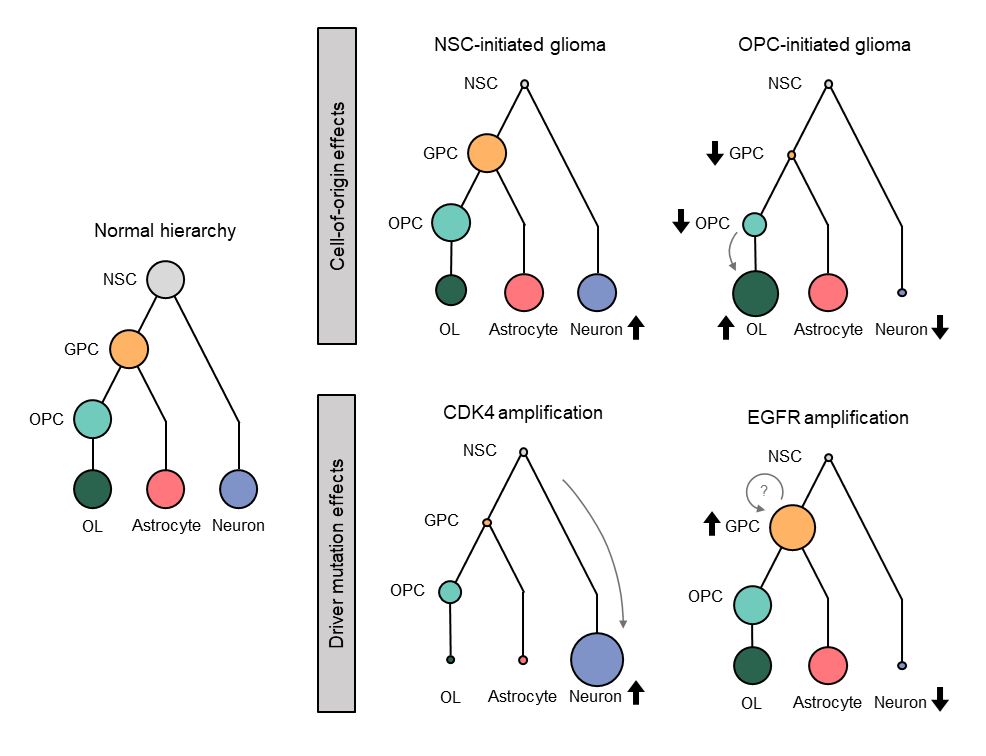
Primary human NSPCs thus make a great system for modeling gliomas, allowing for modular introduction of genetic manipulations into isogenic cell types at defined developmental stages. Being human cell lines, they also recapitulate human-specific cell types not found in mice. 10/
04.08.2025 03:46 — 👍 0 🔁 0 💬 0 📌 0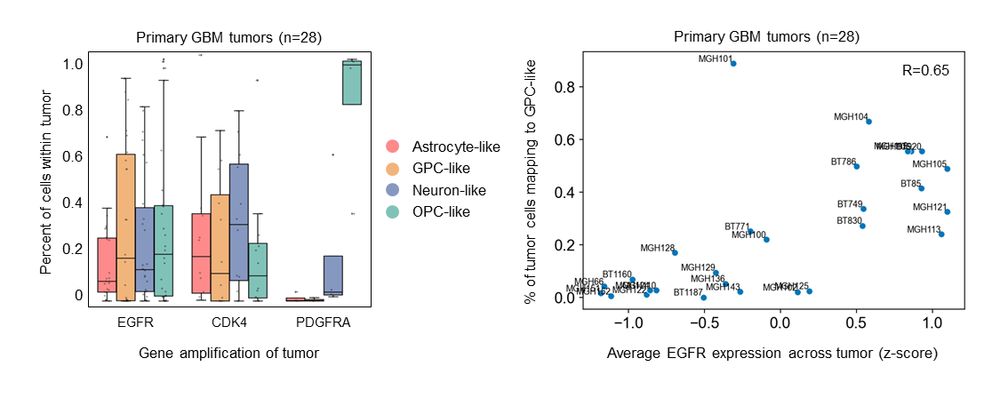
To see if our results match up with real patient data, we reanalyzed some published GBM scRNA-seq datasets. Higher EGFR expression in the tumor indeed correlated with more GPC-like tumor cells. This suggests EGFR is not just a marker, but also a driver of the GPC-like state. 9/
04.08.2025 03:46 — 👍 1 🔁 0 💬 1 📌 0
The mutation-of-origin had some even more dramatic effects, with CDK4 overexpression resulting in largely neuron-like tumor cells, and EGFR interestingly expanding the GPC-like tumor cells. 8/
04.08.2025 03:46 — 👍 0 🔁 0 💬 1 📌 0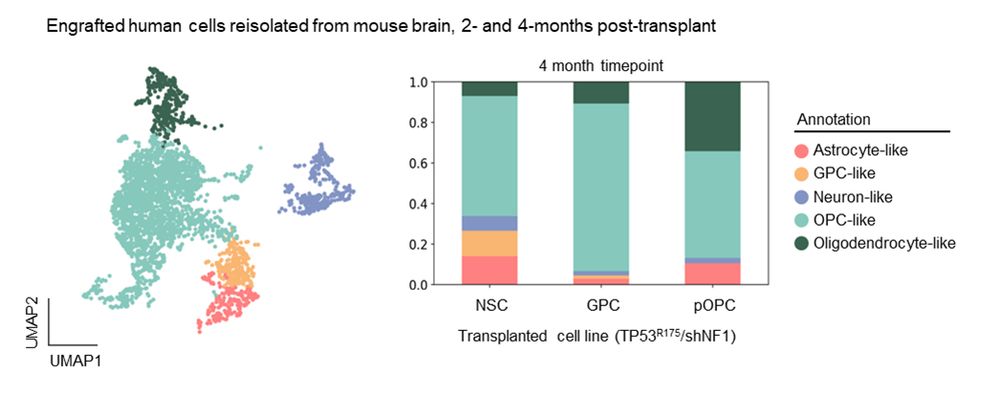
The cell-of-origin had some interesting effects on the resulting tumor. NSC-derived tumors had the greatest cellular heterogeneity, while OPC-derived tumors harbored more differentiated oligodendrocyte-like cells. 7/
04.08.2025 03:46 — 👍 0 🔁 0 💬 1 📌 0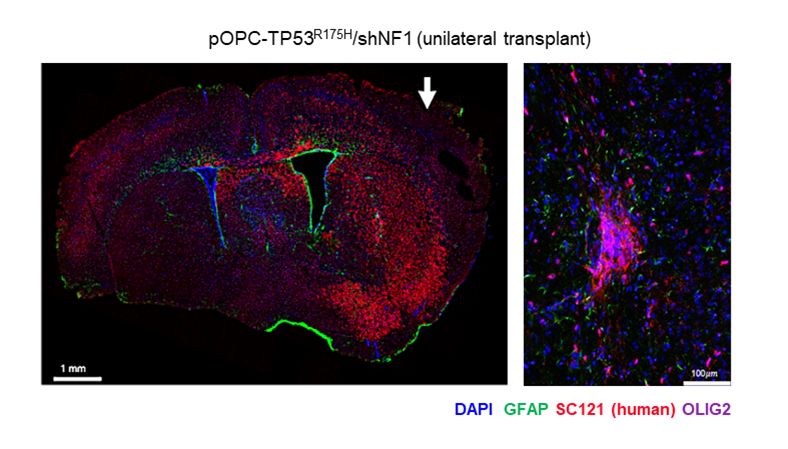
Our lines engrafted robustly, growing and migrating aggressively. We only transplanted the cells on one side of the brain, but here you can see them invading cross-hemisphere. 6/
04.08.2025 03:46 — 👍 0 🔁 0 💬 1 📌 0
So we asked: can we use these primary human NSPCs to model how cell-of-origin and mutation-of-origin drive different glioma subtypes?
Using isogenic NSC, GPC, and OPC neurosphere lines, we created glioma-like lines by introducing defined combinations of oncogenic driver genes. 5/
We previously described how to purify 10 distinct neural stem and progenitor cell types from the developing brain, including tripotent radial glia (NSCs), bipotent glial progenitor cells (GPCs), and unipotent oligodendrocyte progenitor cells (OPCs). 4/
bsky.app/profile/dani...

Even more interesting is that different glioma subtypes seem to embody different stem cell hierarchies: low-grade oligodendrogliomas have a lot of mature oligodendrocyte-like cells, while diffuse midline gliomas mostly contain OPC-like cells(Figure from Suvà& Tirosh, 2020). 3/
04.08.2025 03:46 — 👍 0 🔁 0 💬 1 📌 0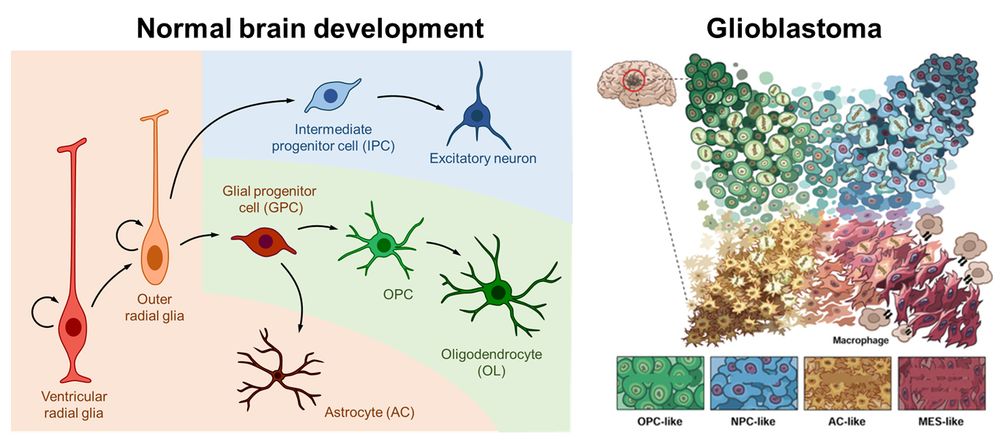
Brain tumors known as gliomas are notoriously hard to treat, in part due to how heterogeneous the cancer cells are. In fact, glioma cells seem to mirror a corrupted neural stem cell hierarchy found in normal development. (Figure credit Neftel et al., 2019). 2/
04.08.2025 03:46 — 👍 0 🔁 0 💬 1 📌 0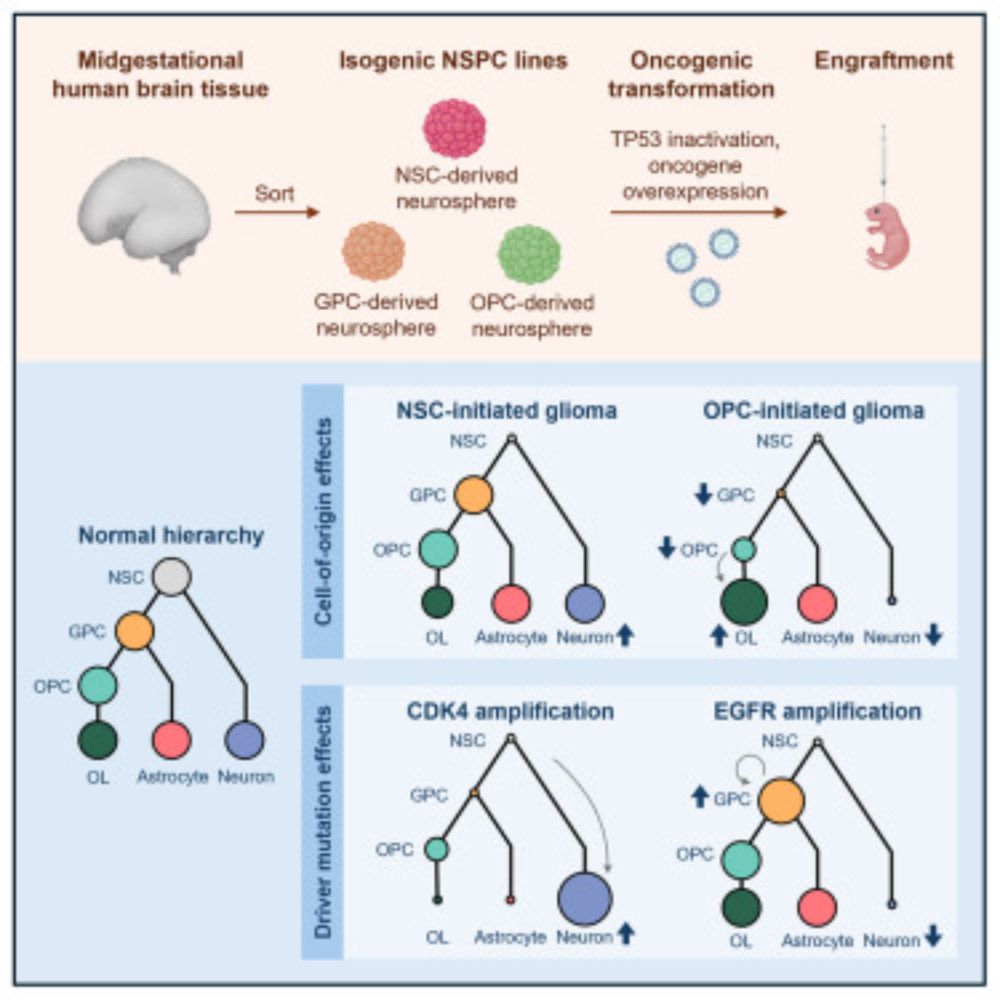
Our new study, “Modeling glioma intratumoral heterogeneity with primary human neural stem and progenitor cells,” is online now at @stemcellreports.bsky.social ! Spearheaded by our talented undergrad @danielgao970.bsky.social. A thread on the study: 1/
04.08.2025 03:46 — 👍 7 🔁 1 💬 1 📌 0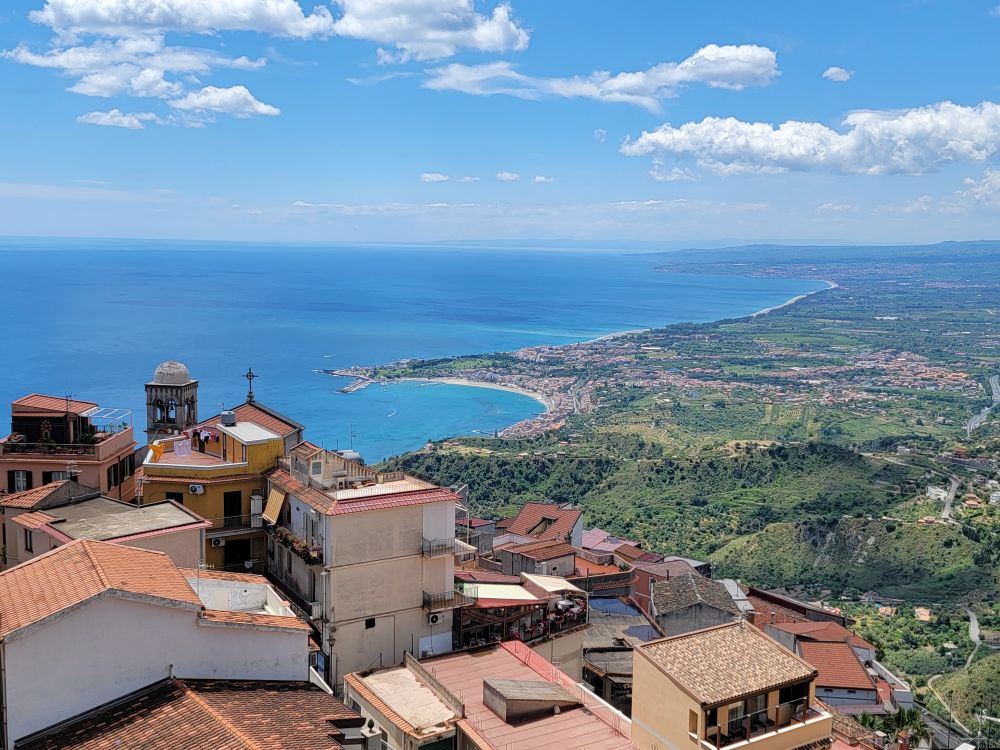
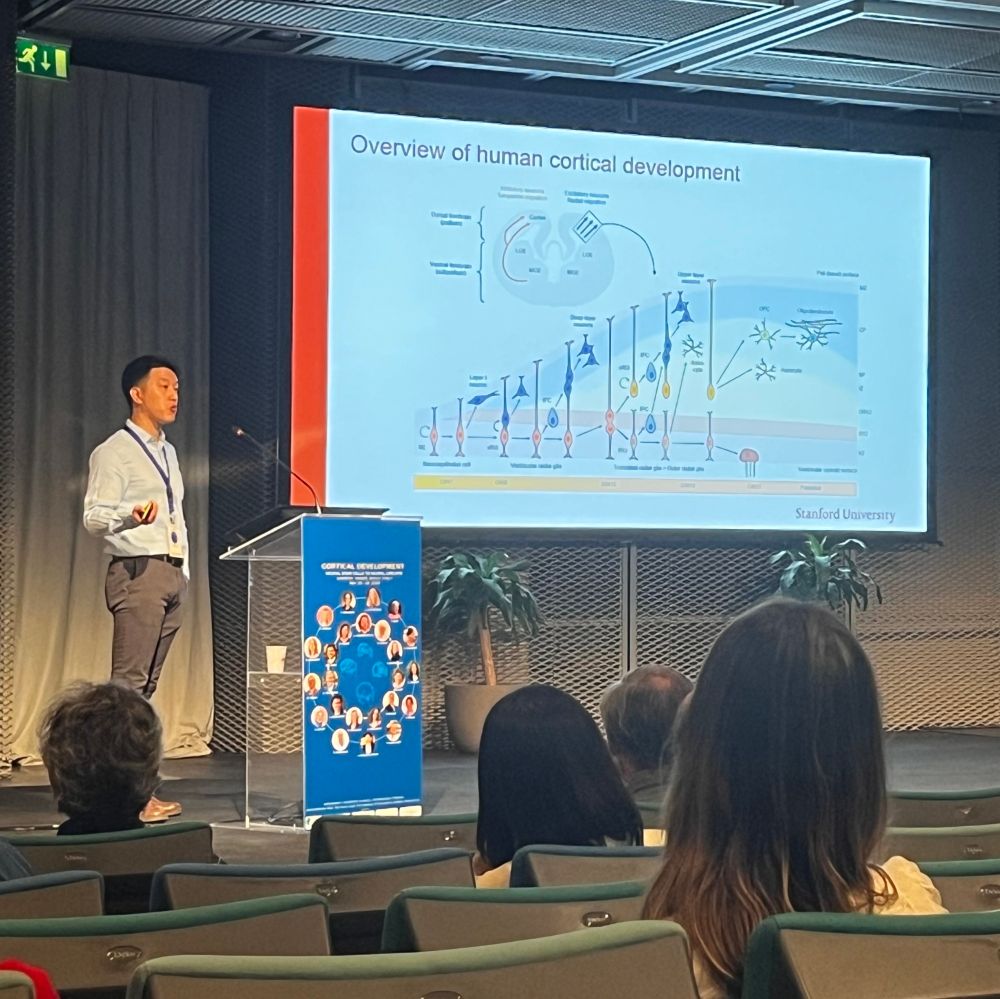
Cortical Development 2022 was the first conference I ever attended, and so it was particularly special to return to Sicily for @corticodevelopment.bsky.social 2025 as a speaker. Featuring a sneak peak on some exciting new findings on neural stem cells in the postnatal human brain (stay tuned!)
31.05.2025 22:18 — 👍 12 🔁 1 💬 1 📌 0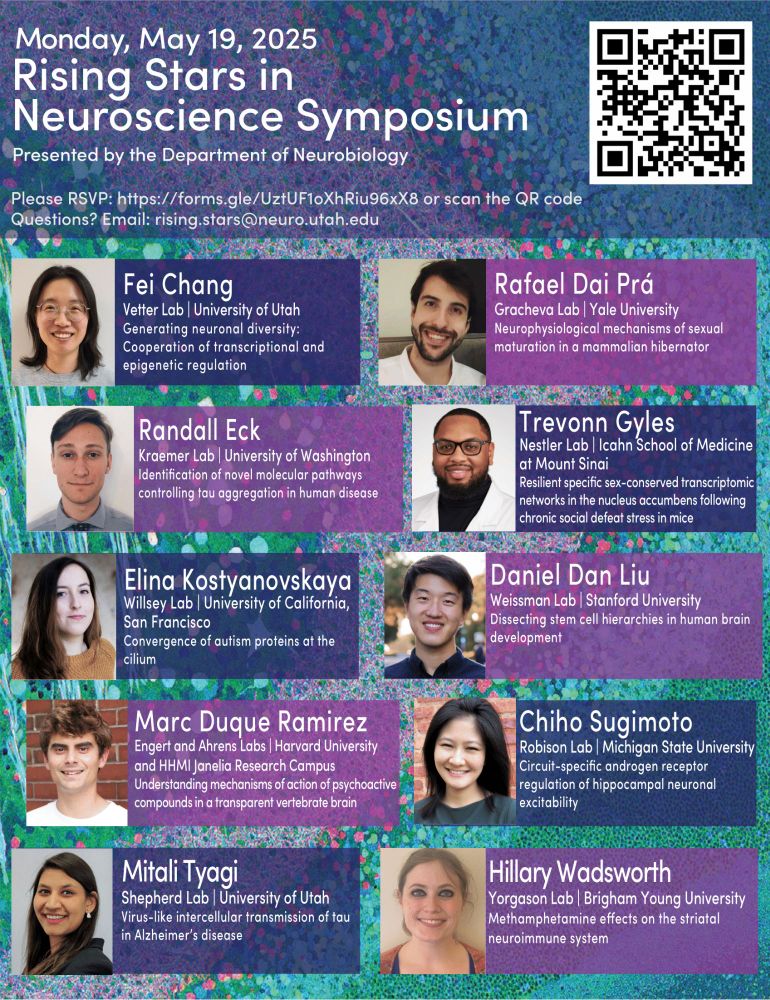
Looking forward to meeting this amazing group of neuroscientists at the @utah.edu Rising Stars Symposium!
05.05.2025 17:13 — 👍 5 🔁 0 💬 1 📌 0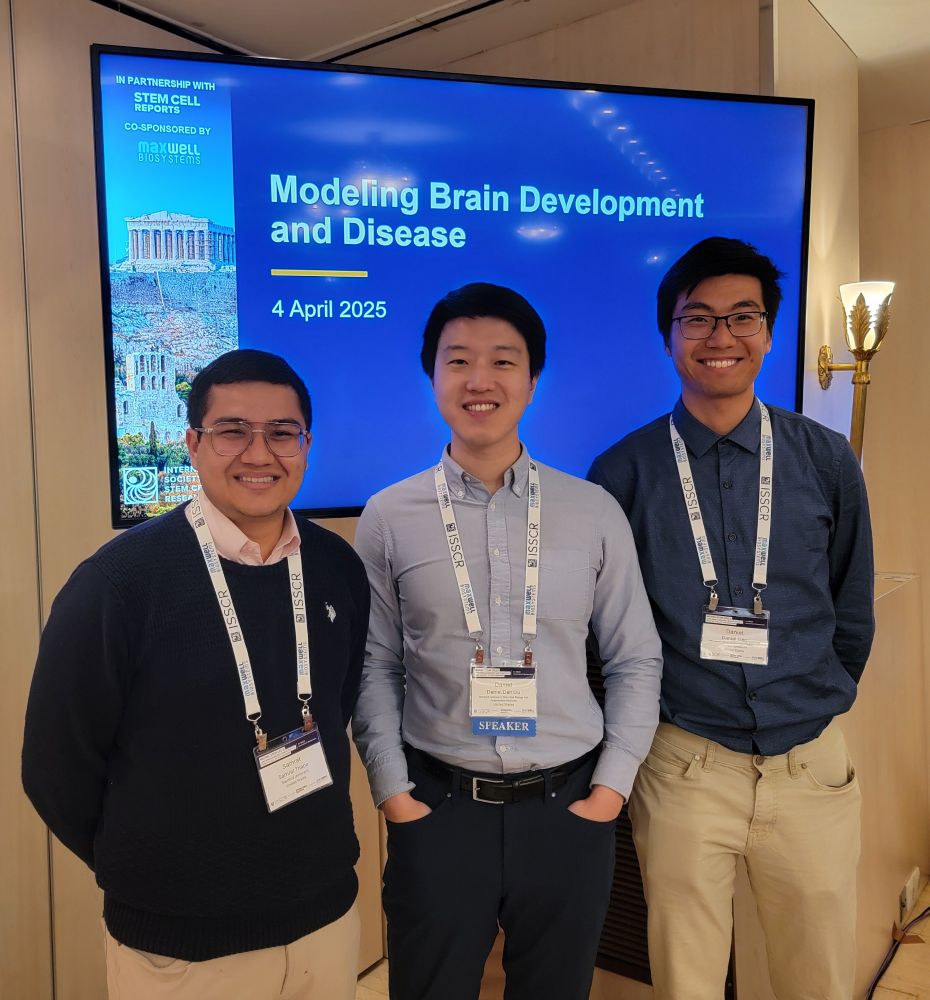

Weissman Lab representing at the @isscr.org Athens International Symposium on Neural Stem Cells! Glad to share our work on purifying neural stem/progenitor cells from the human brain, and a preview of our work using those cells to model glioma heterogeneity.
07.04.2025 20:22 — 👍 5 🔁 1 💬 0 📌 0Hi Oliver, would love to join this! MD-PhD student working on neural stem cells and human neurodevelopment here.
15.12.2024 14:58 — 👍 2 🔁 0 💬 1 📌 0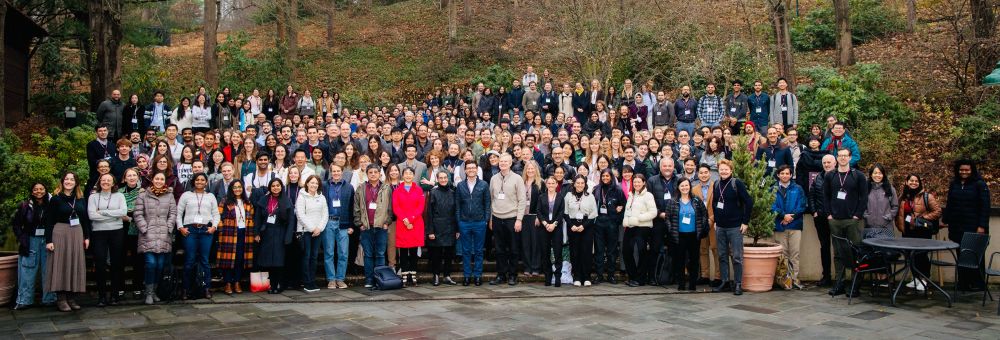
Our 2024 CSHL conference on human brain development and stem cell models is in full swing, with over 300 participants!
This year’s event features exciting new discoveries and dynamic discussions, driven largely by the energy & insights of trainees
#Assembloids #Organoids #Brain
#CSHL2024Brain
A huge thanks to everyone who made this study possible: my mentor Irv Weissman, the lab's brain team (Rahul, Nobuko, Joy, Anna et al.), as well as @czbiohub.bsky.social and Stanford MSTP for their support! 16/
18.11.2024 01:25 — 👍 0 🔁 0 💬 0 📌 0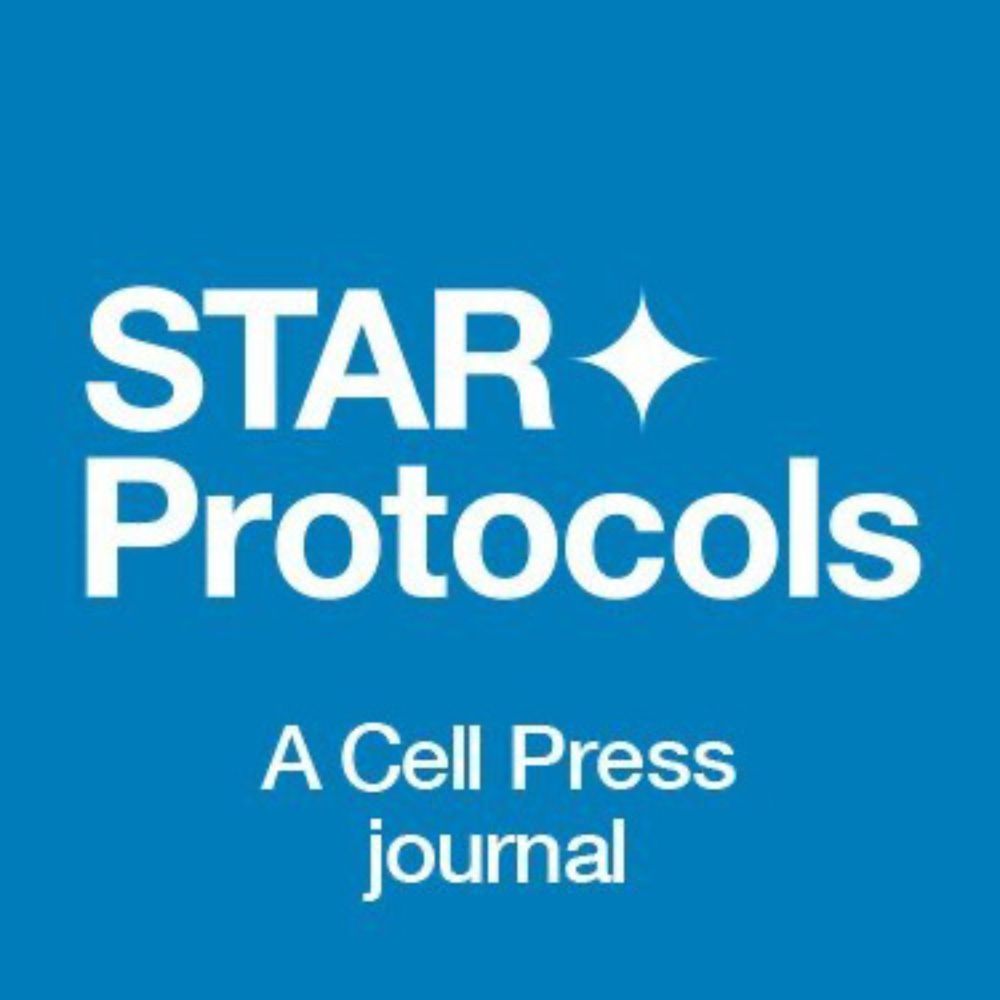
We have since published a methods paper detailing the dissociation, staining, and cell sorting protocols needed to replicate this work, which can be easily expanded to incorporate new surface markers. 15/
18.11.2024 01:25 — 👍 0 🔁 0 💬 1 📌 0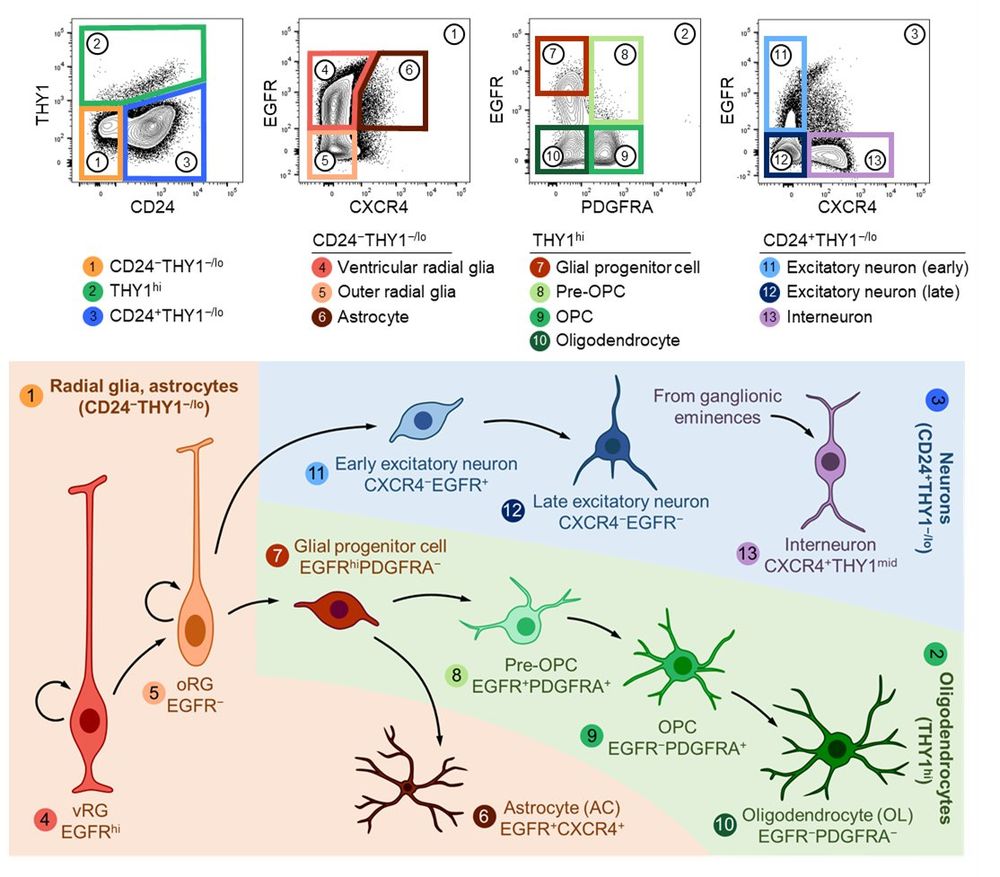
Purification scheme for neural stem and progenitor cells from the human brain.
And here’s our final purification scheme! My hope is that this study provides a framework for studying the cellular basis of human brain development, including cell-autonomous functions and interactions between cell types. 14/
18.11.2024 01:25 — 👍 0 🔁 0 💬 1 📌 0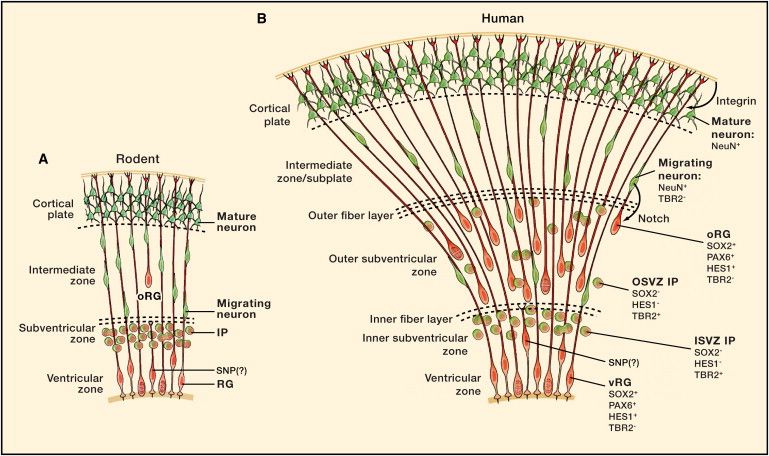
Contrasting Rodent and Human Neocortical Development (Lui, Hansen, Kriegstein, Cell 2011)
These GPCs mostly lived in the outer subventricular zone, a layer of the cortex that is greatly expanded in primates. These cells may thus play an evolutionary role in the dramatic white matter expansion characteristic of human brains. 13/
18.11.2024 01:25 — 👍 0 🔁 0 💬 1 📌 0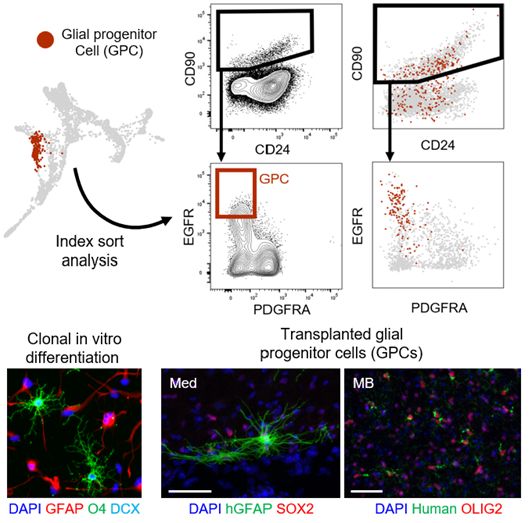
Because we had the index sort data, we could immediately figure out how to purify these cells. Through clonal differentiation and transplant assays, we found these cells made oligodendrocytes and astrocytes, but NOT neurons. We thus named it the glial progenitor cell (GPC). 12/
18.11.2024 01:25 — 👍 0 🔁 0 💬 1 📌 0